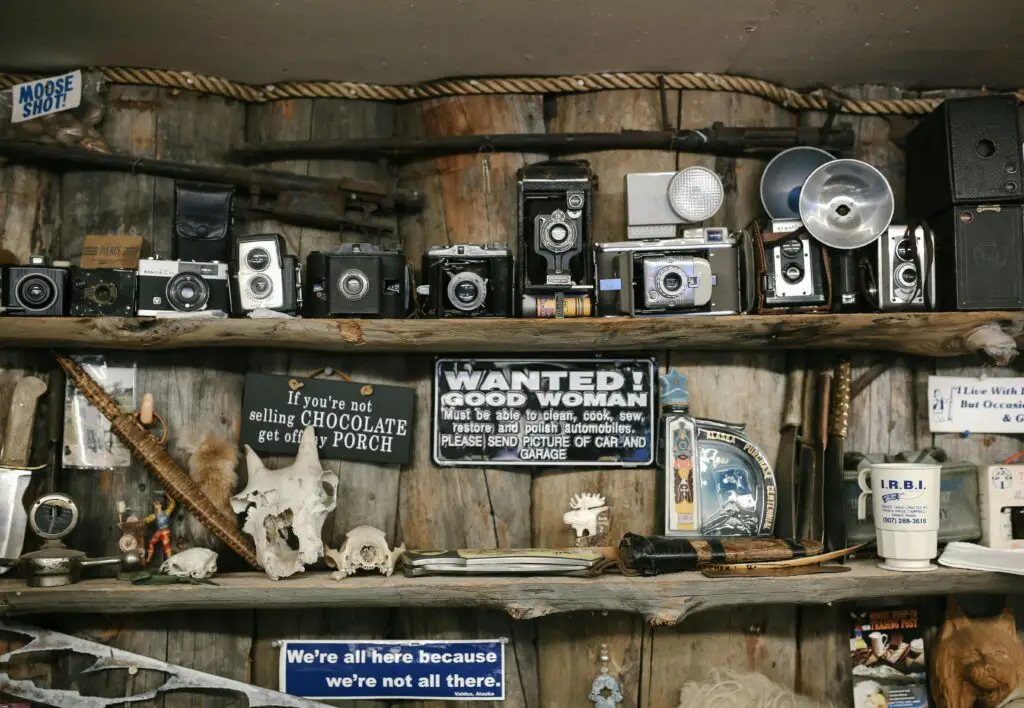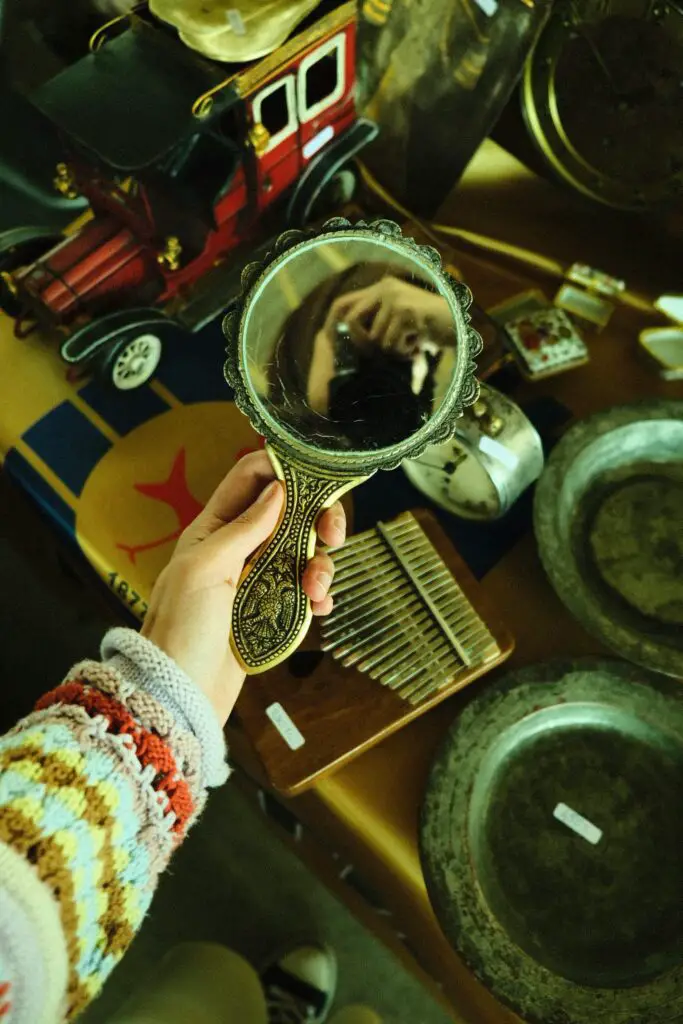1. Learn to Spot Artificial Aging

Fakes often rely on artificial aging techniques to trick buyers. Look out for items with scratches, cracks, or patina that seem too deliberate or uniform. Real antiques wear naturally, and their aging won’t look staged.
2. Check for Machine Marks
Many modern reproductions are made with machines, while genuine antiques were typically handmade. Look for signs of handcrafting, like small imperfections or uneven details. Machine-made pieces will often look too perfect or symmetrical.
3. Be Skeptical of Perfect Condition
If an item looks brand new but claims to be 100 years old, something’s probably off. Real antiques have signs of wear, like faded colors, worn edges, or minor chips. While it’s tempting to buy something in flawless condition, remember that age shows!
4. Examine the Materials
Antiques are often made from high-quality materials that are rare today, such as solid wood, real ivory, or hand-blown glass. Fakes tend to be made from cheaper, modern materials like plywood or plastic. Take a good look at the construction.
5. Do a Magnet Test
Here’s a simple trick: bring a small magnet with you. Antique metals like brass, copper, and bronze are non-magnetic, while cheaper modern metals may attract a magnet. It’s a quick way to test the authenticity of metal items.
6. Look for Authentic Patina

Patina, or the surface aging of metals and wood, is a great sign of authenticity. Real patina takes decades to develop. If the finish looks too even or freshly applied, it could be fake. A natural patina should feel smooth, not painted on.
7. Investigate the Joinery
For wooden furniture, check the joinery. Older pieces are often constructed with dovetail joints or dowels, which show a high level of craftsmanship. Modern reproductions may use nails, staples, or glue, which are dead giveaways of a fake.
8. Watch for Reproduction Styles
Certain popular antiques, like Victorian furniture or Art Deco jewelry, are often reproduced. If you’re seeing a high volume of these items for sale, chances are some of them might be modern copies. Be cautious with trendy pieces.
9. Learn Common Maker’s Marks
Many genuine antiques will have maker’s marks or stamps from the original craftsman or manufacturer. Familiarize yourself with common marks in the category you’re interested in so you can verify authenticity or spot a replica.
10. Do the Smell Test
Odd as it sounds, the smell can help you identify fakes, especially with wooden furniture or textiles. Genuine antiques may have a distinct, aged smell, while newer pieces might smell like fresh paint, varnish, or chemicals used to artificially age them.
11. Inspect the Bottoms and Backs
Fakers often focus on making the visible parts of an item look antique, while ignoring the undersides or backs. Check areas that aren’t immediately visible for signs of newness, like fresh wood, modern screws, or bright paint.
12. Ask About Provenance
Provenance is the item’s history or origin. Authentic antiques often come with some kind of documentation or backstory, while fakes rarely do. Ask the seller about the piece’s history and see if their story holds up to scrutiny.
13. Use a Blacklight

A blacklight can reveal a lot about an item’s authenticity. For example, porcelain pieces made after World War II often fluoresce under a blacklight due to certain chemicals in modern glazes. Older, genuine items won’t react the same way.
14. Don’t Fall for a High Price Tag
Just because something is expensive doesn’t mean it’s genuine. Sellers can slap a high price on anything to make it seem more valuable. Always inspect the item closely and don’t assume a higher price equals authenticity.
15. Trust Your Gut
Sometimes, you just get a feeling that something isn’t right. If the deal seems too good, the story sounds fishy, or the item doesn’t pass your personal checks, trust your instincts. There are plenty of antiques out there—don’t feel pressured to buy a piece that doesn’t sit right with you.
With these tips, you’ll be well on your way to spotting fake antiques, even without expert knowledge. Keep your eyes open, and happy collecting!


